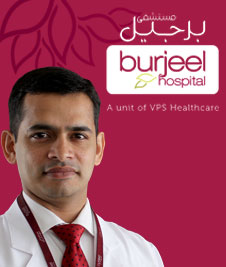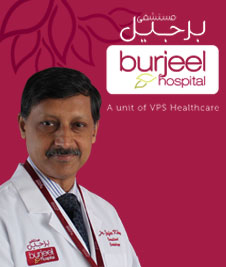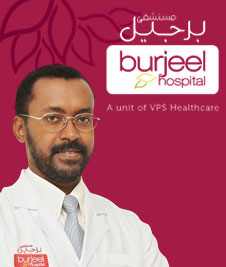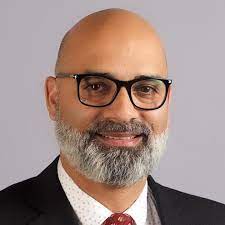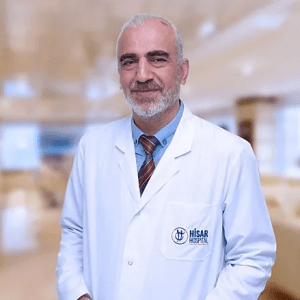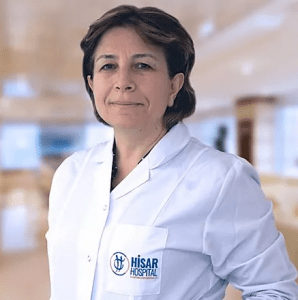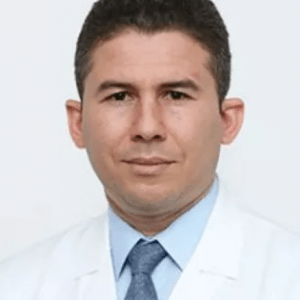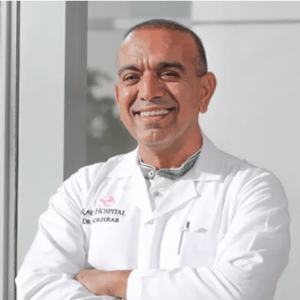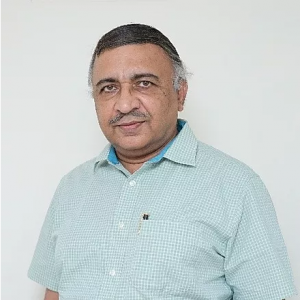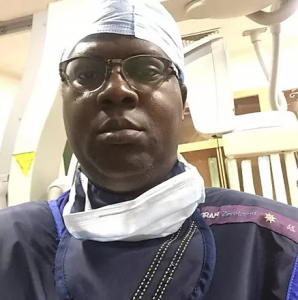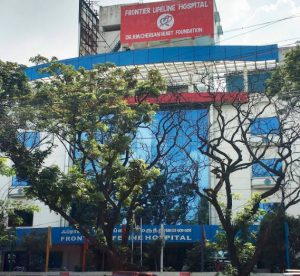Minimally Invasive Heart Surgeries: Options Available
Minimally invasive heart surgery involves making small incisions in the chest, which allows the surgeon to access the heart by going through the ribs. This is opposed to the cutting of the ribs which is done in traditional open heart surgery. Minimally invasive heart surgeries can be used to treat different heart conditions and there… Read More
Top Doctors For Minimally Invasive Heart Surgeries: Options Available Treatments
Top Hospitals For Minimally Invasive Heart Surgeries: Options Available Treatments
Minimally Invasive Heart Surgeries: Options Available
Minimally invasive heart surgery involves making small incisions in the chest, which allows the surgeon to access the heart by going through the ribs. This is opposed to the cutting of the ribs which is done in traditional open heart surgery. Minimally invasive heart surgeries can be used to treat different heart conditions and there are some options available. Compared to traditional open heart surgery, there is often less pain and a quicker recovery for the patients.
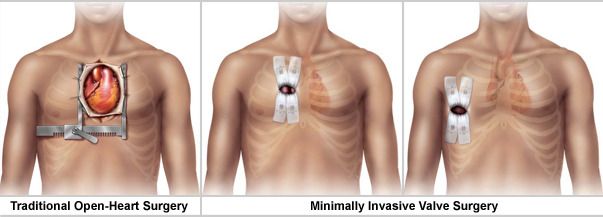
Minimally invasive cardiac surgery includes robot-assisted heart surgery and thoracoscopic surgery. In thoracoscopic surgery, the surgeon makes one or more small incisions on the side of the chest. Then, they insert a long tube with a video camera through the incisions to visualize the heart. They then operate using long, thin tools. In robot-assisted heart surgery, after the incisions are made, robotic arms are guided into the incisions. The robot shows clear images of the heart as the surgeon controls the robotic arms to perform the procedure.

Why is it done?
A lot of heart procedures can be done with minimally invasive heart surgeries. Some of these procedures include:
- Closing of a hole in the heart like an atrial septal defect or a patent foramen ovale
- Heart valve repair or replacement
- Surgery to remove tumors from the heart
- Maze procedure for atrial fibrillation
- Atrioventricular septal defect surgery
What are the Benefits of Minimally Invasive Surgery?
The benefits of minimally invasive heart surgery when compared with the traditional open-heart surgery can include:
- Much less pain
- Smaller scares
- Lower risk of infection
- Less blood lost
- Less time needing a ventilator
- Less time admitted to the hospital
- Faster recovery
- Quicker return to normal activities
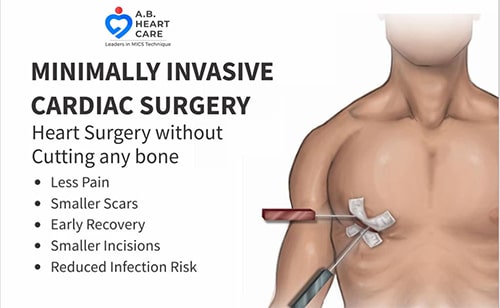
Who needs Minimally Invasive Surgery?
This type of surgery is not suitable for everyone. The healthcare team will review the case history and will carry out tests to determine if the surgery is the right option for that particular patient. The surgery is carried out by specially trained surgeons. The patient may be referred to a medical centre with surgeons and a surgical team who have the required expertise.
What are the Risks of this Procedure?
Even though minimally invasive surgery is quite different from traditional open-heart surgery, the risks are however quite similar. Some of these include:
- Bleeding
- Heart attacks
- Infection
- Stroke
- Arrhythmias
- Death
In very rare instances, a minimally invasive surgery may need to be changed to an open-heart surgery. This may happen if the surgeon thinks that it is no longer safe to continue with the minimally invasive approach.
What happens before the minimally invasive heart surgery is done?
The surgeon informs the patient on how to prepare for the surgery, the patient may need to stop some medications for a period before the surgery is done. The doctors will also inform the patient of the risks and expectations of the surgery. The patient will be given general anesthesia so they will be unconscious during the procedure. The area where the incision will be done will be shaved. The patient is also connected to a heart-lung machine that will keep blood circulating during the operation.
What happens during the surgery?
During the minimally invasive heart surgery, the surgeon will do the following:
- Make one or more small incisions on the side of the patient’s chest
- Insert small surgical tools or robotic arms through the incisions
- Guide the tools between the ribs to reach the heart
- Repair the issue in the heart, replace a heart valve, place a device in the heart or remove tumours
- The incision is then closed with stitches
A minimally invasive heart surgery may last from 2-6 hours.
What happens after the surgery?
The patient will typically spend 1-2 days in the intensive care unit after the surgery. The patient may have drainage tubes connected to their chest to drain fluids and prevent fluid buildup around the heart. They also have fluids and medication going through an intravenous channel. Tubes that will drain urine from their bladder are also connected to them. The patient may have oxygen through a face mask or a small plastic tube next to the nose. The patient is then moved to another area of the hospital where they will recover for a few days. The surgical team will help the patient get up and move around within a day or two following the surgery.
Furthermore, the patient may be instructed to perform exercises to help keep fluids out of their lungs. The patient will stay at the hospital for a few days; the duration will be dependent on the type of surgery and the specific heart condition of the patient. While at the hospital, the healthcare team will monitor the patient for any signs of infection. They will also work with the patient to help them manage the pain they may be feeling and also monitor the blood pressure, breathing and heart rate.
How long does it take to recover from a minimally invasive heart surgery?
The patient may feel more tired than usual for a few weeks after the surgery. The surgeon will give them specific instructions about when they can return to work and other activities like driving, exercising and working. Most patients will expect to return to their usual activities within 2-4 weeks. They will also ensure that they avoid heavy lifting for several weeks. The healthcare provider may recommend that the patient complete a cardiac rehabilitation program for them to increase their activity levels safely. These programs may also help the patient adopt healthier habits such as consistent exercise and adopting healthier heart-friendly diets.
When should the patient see their doctor?
The patient should see their healthcare provider if they experience any signs of complications after the minimally invasive surgery like:
- Fever or chills
- Excessive swelling or redness around the incision site
- Drainage or pus around the incision site
- Heart palpitations
- Unusual swelling or fluid retention in the legs or feet
- Unusual weight gain of more than three pounds a week








